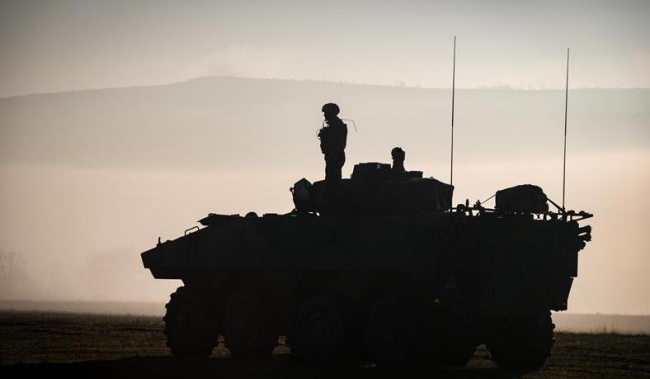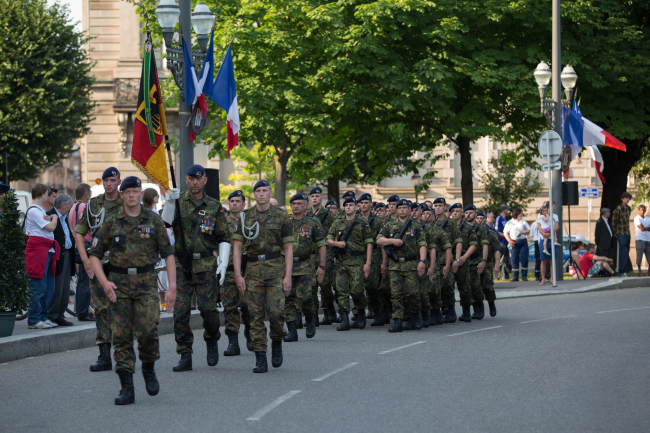Making Sense of Europe’s Southern Neighbourhood: Main Geopolitical and Security Parameters

Europe’s southern neighbourhood is a diverse but interlinked geopolitical ensemble, whose specificities need to be carefully assessed before Europeans devise dedicated security strategies, divide responsibilities and make policy decisions.
This exercise in geopolitical scoping seeks to make sense of the main security challenges present in Europe’s broader European neighbourhood, a space encompassing areas as diverse as the Gulf of Guinea, the Sahel, North Africa, the Levant and the Persian Gulf. It identifies (some of) the main sub-regions that make up the ‘South’, offers an overview of the threat environment in each of them and identifies relevant differences as well as common themes. In doing so we aim to provide a conceptual referent for further policy research on the security of Europe’s ‘South’, and to help inform future strategic and policy discussions within the EU, NATO and their Member States.
Published in partnership with the Elcano Royal Institute.

Available in:
Regions and themes
Share
Download the full analysis
This page contains only a summary of our work. If you would like to have access to all the information from our research on the subject, you can download the full version in PDF format.
Making Sense of Europe’s Southern Neighbourhood: Main Geopolitical and Security Parameters
Related centers and programs
Discover our other research centers and programsFind out more
Discover all our analysesThe Franco-German Brigade and the Revival of European Defense
One thing has been clear since Donald Trump's return to the White House: the very existence of the European unification project is threatened. Unless it develops a sovereign defense policy to counter the war in Ukraine and the weakening of American security guarantees, the European Union will continue to see its internal cohesion and external attractiveness wane.
Taking the Pulse: Can Europeans Build Their Independent Extended Nuclear Deterrent?
Confronted with a U.S. disengagement and the Russian threat, Europeans are reconsidering their stance on nuclear deterrence. Given the capabilities of the French and British arsenals, can Europe develop an independent nuclear deterrent?

RAMSES 2024. A World to Be Remade
For its 42nd edition, RAMSES 2024 identifies three major challenges for 2024.
A Transatlantic Defense Industrial Base? Two Contrasting Views
The evolving landscape of global defense cooperation has brought the transatlantic relationship between the United States (US) and Europe into sharp focus. As geopolitical tensions rise and the threat environment becomes more complex, the question of how Europe can best ensure its security while navigating its relationship with the United States has become paramount. This double feature report offers two contrasting views on the dynamics of US-Europe defense industrial relations, highlighting the challenges and opportunities that lie ahead for both parties.









